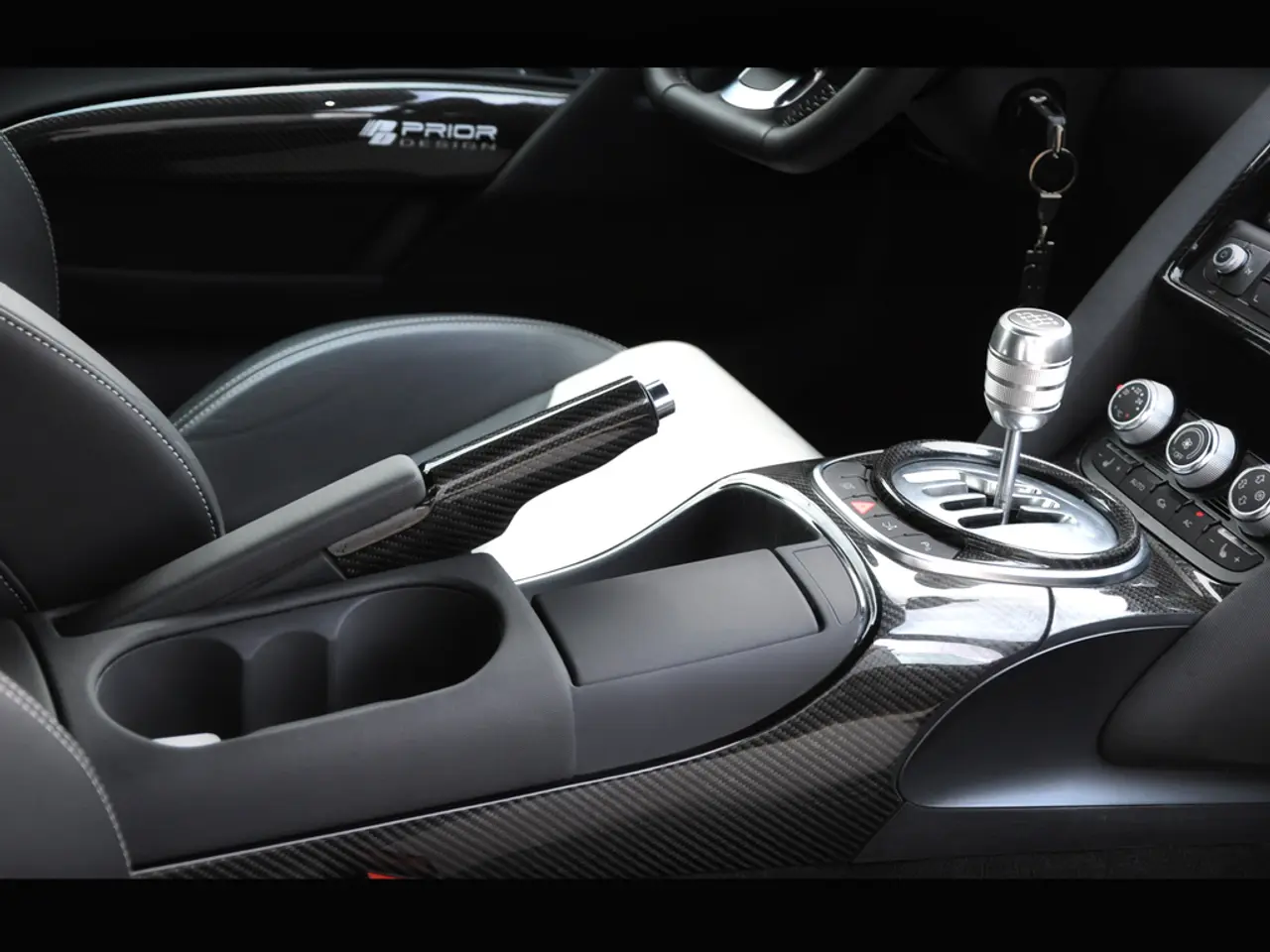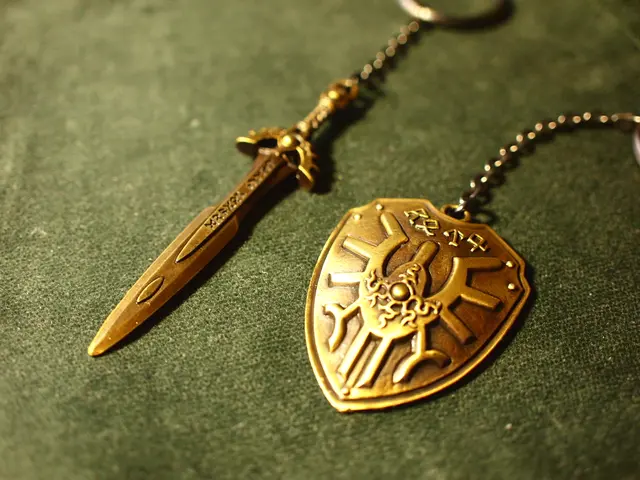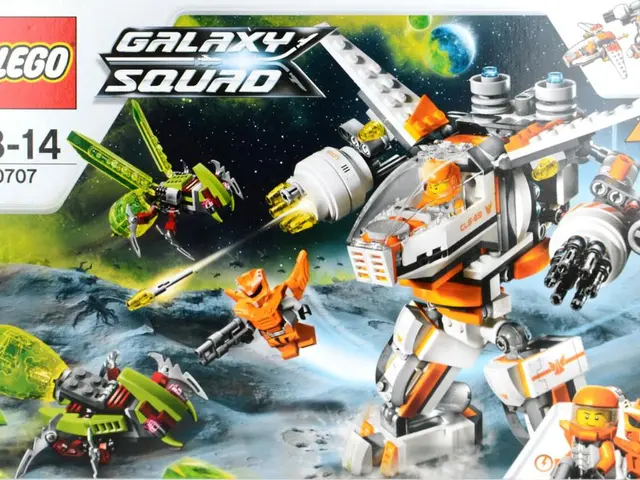Methods for Resurfacing a Failed Windows 10 Hard Drive within File Explorer
If your external USB storage drive is not showing up in File Explorer on Windows 10, there are several steps you can take to resolve the issue.
Check Physical Connections and Ports
Ensure the USB drive is properly connected. Try another USB port or a different computer to rule out a faulty port or cable.
Use Disk Management to Detect the Drive
- Open Disk Management by pressing Win + X and selecting "Disk Management."
- Look for the USB drive here; it might be offline, unallocated, uninitialized, or missing a drive letter.
- If offline, right-click and select "Online."
- If unallocated, create a new simple volume and format it.
- If not initialized, right-click and choose "Initialize Disk" (select MBR or GPT).
- If it lacks a drive letter, right-click, select "Change Drive Letter and Paths," and assign a new letter to the USB drive.
Enable or Update USB Drivers
- Open Device Manager (press Windows + R, type , and press Enter).
- Expand “Disk drives,” right-click the USB drive, and select "Enable" if available.
- Update or reinstall drivers by right-clicking the device and choosing "Update driver" or uninstalling then scanning for hardware changes to reinstall.
Restart and Power Cycle
- Restart the PC.
- Unplug the USB device and power source for a few minutes, then reconnect.
Format the Drive (If Recognized but Not Accessible)
If the drive is detected but not accessible, back up important data if possible, then reformat it via Disk Management to fix file system errors.
Additional Checks
- Confirm there is no drive letter conflict by assigning a unique letter to the USB drive.
- Check for USB selective suspend settings in Power Options that could disable the USB port.
These steps address the most common reasons external USB drives don't appear in File Explorer, including driver issues, disk initialization problems, and hardware faults. If problems persist, the drive itself may be physically damaged.
For more resources about Windows 10, visit the websites for information on Windows 11 and Windows 10. If you encounter issues related to the storage driver, you can reinstall or update the driver to the latest version to resolve the issue. If the hard drive appears in Disk Management but the storage is unusable, you can use DiskPart to clean the drive and start from scratch.
[1] Microsoft Support: Troubleshoot problems with an external USB drive [2] Windows Central: How to fix USB drives not showing up in File Explorer [3] How-To Geek: How to Fix External Hard Drive Problems in Windows 10 [4] TechRadar: How to fix an external hard drive that won't show up on Windows 10
- If you're encountering problems with the appearance of your USB drive in File Explorer on Windows 10, consider updating or reinstalling the USB drivers to ensure compatibility.
- While using a PC, you might find it beneficial to check the technology behind Xbox and other gaming systems, such as the latest updates or software patches from Microsoft.
- In case you intend to upgrade your computer, you may consider purchasing a new laptop running on Windows 10 or even the upcoming Windows 11 operating system for an enhanced user experience.
- To ensure seamless software operations, frequently check for updates or new versions from software providers like Microsoft.
- If you're facing issues with accessing the storage on your laptop, you can format the drive using Disk Management to fix any errors and make the storage accessible again.




